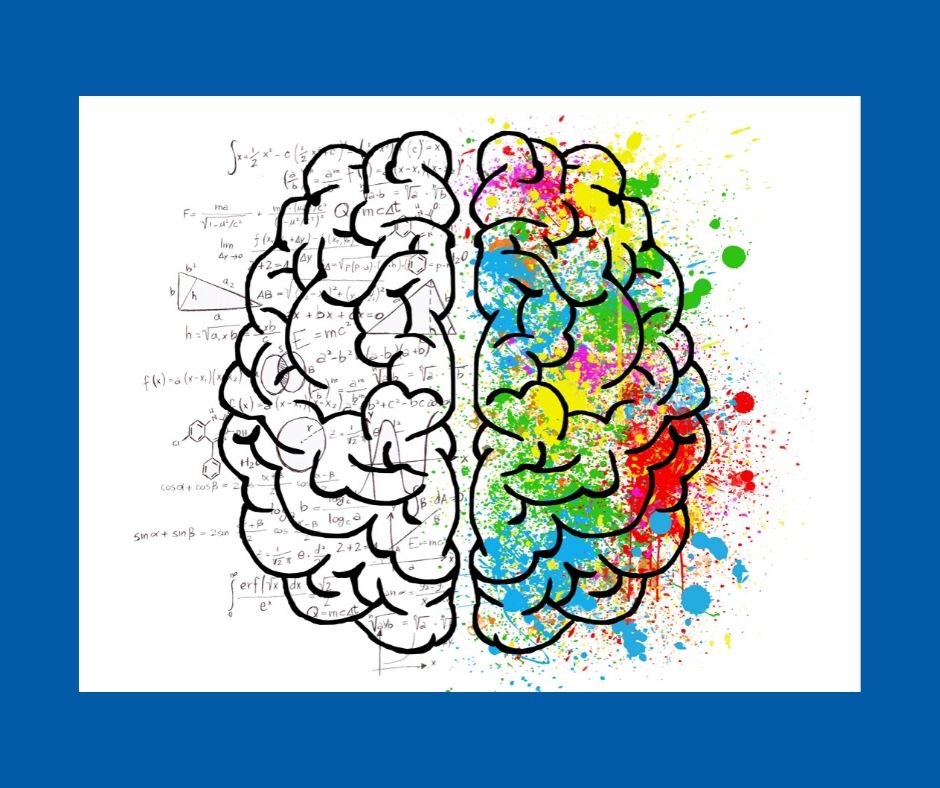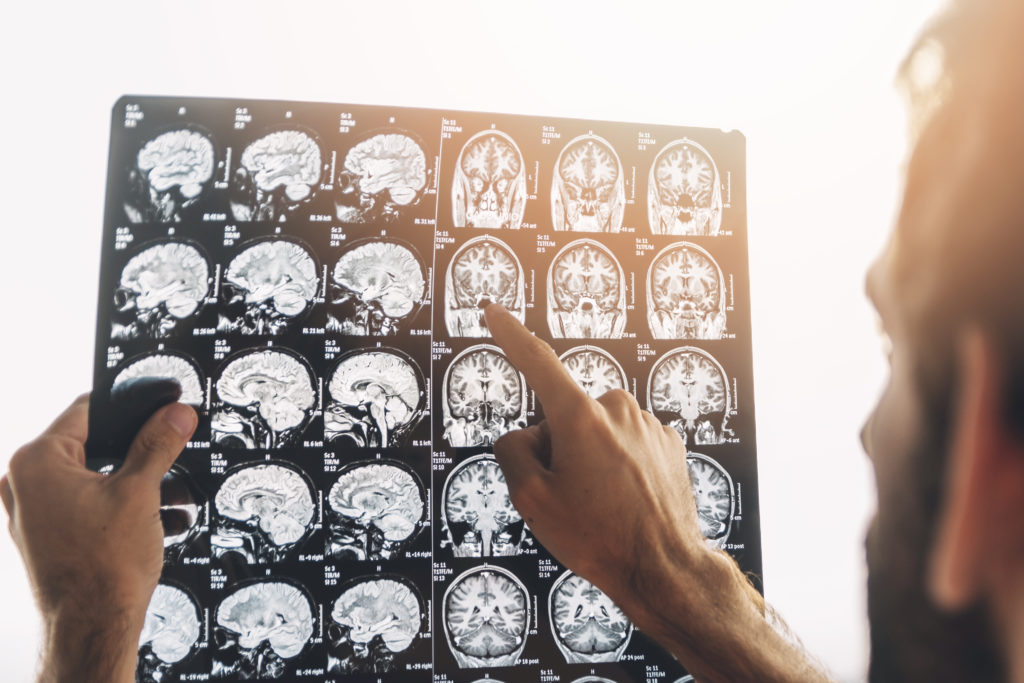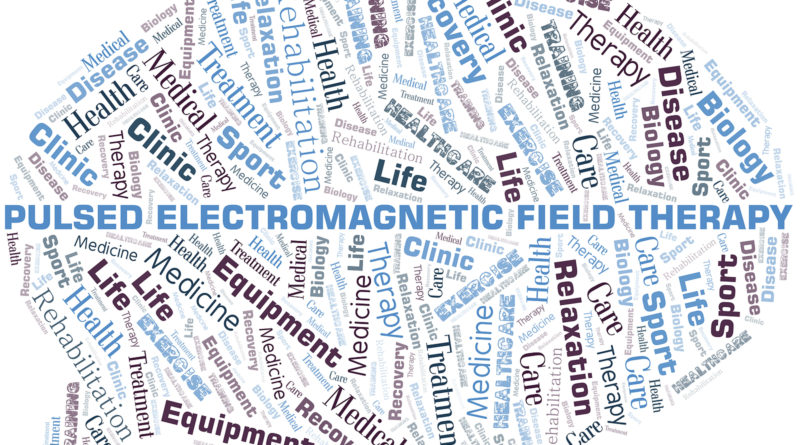PEMF Therapy Part Two: Brain Health and Beyond
In addition to its use for bone, joint and pain complaints discussed in Part One, Pulsed Electromagnetic Field (PEMF) Therapy could potentially benefit the brain and various other tissues. Here we explore the impact it could have on the function and quality of life of people suffering parkinson’s disease, brain injury and depression, and the preliminary research in other fields. We also look at some of the PEMF devices that are available.
Key Points:
- Magnetic coils induce pulsed electric fields in the body, which are thought to elicit responses within cells by acting on cell membrane receptors, ion channels and/or synapses between neural cells.
- The effects of PEMF on nerves mean there may be some applications for brain function. It seems to offer some functional benefits to Parkinson’s disease, while its potential in cases of traumatic brain injury and depression is worth further exploration.
- So far, there is limited evidence that it could benefit enlarged prostates, wound healing, edema, inflammation, and skin ulcers.
- Both small devices for locally applied PEMF and whole body mats are on the market. However, the evidence for the efficacy of these commerically available products is mixed.
Brain health

PEMF and parkinson’s disease
A study of 97 people with Parkinson’s disease showed that those who received 30 minutes of PEMF per day for 8 weeks (applied across the skull) lead to improvements in mobility and activities of daily living. However, no improvements were seen in bodily discomfort or other dimensions assessed in a high-quality assessment tool (PDQ‐39) evaluating the effect of Parkinson’s Disease of quality of life.
Slow movement speed and impaired balance and coordination are common features of Parkinson’s Disease. 30 minutes of PEMF per day over 8 weeks improved how quickly patients developed force when rising from a chair rise It didn’t lead to increased force generated in a dynamic balance task (possibly because it was more complicated than a chair rise), or the speed of movement in either task. From this study, it would appear that those with only mild conditions may benefit more than people with more progressed Parkinson’s disease. The researchers of this study indicated that these results should be interpreted as probable effects, and the impact of PEMF should be further studied.
The mechanism for these improvements are once again not fully elucidated. However, it seems PEMF may reduce inflammation and degeneration in the nervous system by upregulating growth factor. Animal and cell culture studies also suggest PEMF may support the growth of new neurons,
PEMF and brain injury

A study published in 2019 explored the impact of PEMF on mice given induced traumatic brain injuries. These results can’t be applied to humans, but they do indicate an area that might be worth investigating further, seeing that traumatic brain injuries/concussions can create memory and behavioural problems.
Image credit: People photo created by freepik – www.freepik.com
Electromagnetic stimulation was seen to improve cognitive and motor function in the mice. The benefits seemed to be mediated through the regulation of proteins related to circadian rhythms and something called cellular prion protein (the dislodgement of which is associated with traumatic brain injury).
In a study using mice, PEMF use after stroke has also shown protective effects for the brain.
PEMF and depression
The limited research we have suggests that PEMF may have antidepressant effects. At least one study employing 30 min, for 25 days supports this. According to self-rated and clinician-rated scales, adding PEMF (applied across the skull) to antidepressant medication may be a means of helping people with treatment-resistant depression.
PEMF and diverse other applications
For example, prostate enlargement is common in men over 50. A pilot study published just this year (2020) showed that prostate volume and urinary tract symptoms reduced in 27 patients after just 5 minutes of PEMF twice daily for 28 days. This can’t be taken as proof of its value as a treatment. Other potential applications include wound healing, edema, inflammation, and skin ulcers. Animal studies provide the bulk of evidence here.
Thus further investigation is needed for these applications.
Available devices
A number of different PEMF devices and application modes are available. Between them, there is quite some variety in the stimuli provided: eg: variation in waveform of the signal, number of pulses within each burst, the pulse width, time sequences of the bursts and duty cycles, rise and fall times of the peaks in intensity.
Devices may be small for locally applied PEMF, or whole body PEMF mats. Manufacturers claim the whole body mats can be used for insomnia, back pain, osteoporosis, arthritis, cardiovascular disorders, neurodegenerative disease and as a general wellness item. However, a systematic review from 2012 revealed there was a lack of consistent, high-quality evidence in support of these products.
There are many devices on the market, eg: the CTU Mega 20 (https://periso.ch/diamagnetic-pump/). It can be programmed to optimise stimulation protocols for different neurological conditions. This was used in a very small study of 10 healthy individuals, where one 15-minute PEMF session was compared to a sham treatment. The device seemed to alter nerve activity i.e. there was more than a 60% increase in corticospinal excitability. This suggests the device may promote neural plasticity. Of course this very small size means it can only be treated as preliminary findings warranting further exploration.
The Verdict
PEMF therapy seems to have potential to improve the condition of people with parkinson’s disease, according to small human studies. Further, large-scale studies to clarify this would be valuable given the debilitating effects of parkinson’s, and the apparent simplicity and safety of PEMF. It may also help people with traumatic brain injury and depression… whether it could also have material value in maintaining or preventing loss of brain health is unknown. There may be many other uses such as wound healing and inflammation reduction, but these are very poorly researched.
Have you used PEMF? Let us know how you found the experience!
References
Hug, K. and Röösli, M. (2012), Therapeutic effects of whole‐body devices applying pulsed electromagnetic fields (PEMF): A systematic literature review. Bioelectromagnetics, 33: 95-105. doi:10.1002/bem.20703
Malling, A., Morberg, B. M., Wermuth, L., Gredal, O., Bech, P., & Jensen, B. R. (2018). Effect of transcranial pulsed electromagnetic fields (T-PEMF) on functional rate of force development and movement speed in persons with Parkinson’s disease: A randomized clinical trial. PloS one, 13(9), e0204478. https://doi.org/10.1371/journal.pone.0204478
Morberg, B.M., Malling, A.S., Jensen, B.R., Gredal, O., Bech, P. and Wermuth, L. (2018), Effects of transcranial pulsed electromagnetic field stimulation on quality of life in Parkinson’s disease. Eur J Neurol, 25: 963-e74. doi:10.1111/ene.13637
Premi, E., Benussi, A., La Gatta, A., et al. (2018). Modulation of long-term potentiation-like cortical plasticity in the healthy brain with low frequency-pulsed electromagnetic fields. BMC neuroscience, 19(1), 34. https://doi.org/10.1186/s12868-018-0434-z
Robertson, J.A., Théberge, J., Weller, J. et al. (2009). Low-frequency pulsed electromagnetic field exposure can alter neuroprocessing in humans. J. R. Soc. Interface.7467–473 https://doi.org/10.1098/rsif.2009.0205
Sekar, S., Zhang, Y., Miranzadeh Mahabadi, H., Parvizi, A., & Taghibiglou, C. (2019). Low-Field Magnetic Stimulation Restores Cognitive and Motor Functions in the Mouse Model of Repeated Traumatic Brain Injury: Role of Cellular Prion Protein. Journal of neurotrauma, 36(22), 3103–3114.
Tenuta, M., Tarsitano, M.G., Mazzotta, P., et al. (2020) Therapeutic use of pulsed electromagnetic field therapy reduces prostate volume and lower urinary tract symptoms in benign prostatic hyperplasia. Andrology. 00: 000– 000. https://doi-org.ezproxy.uow.edu.au/10.1111/andr.12775
Wan, L.C.R. (2019). The use of pulsed electromagnetic field to promote diabetic wound healing in different wound models. The Hong Kong Polytechnic University thesis collection. http://hdl.handle.net/10397/81883
